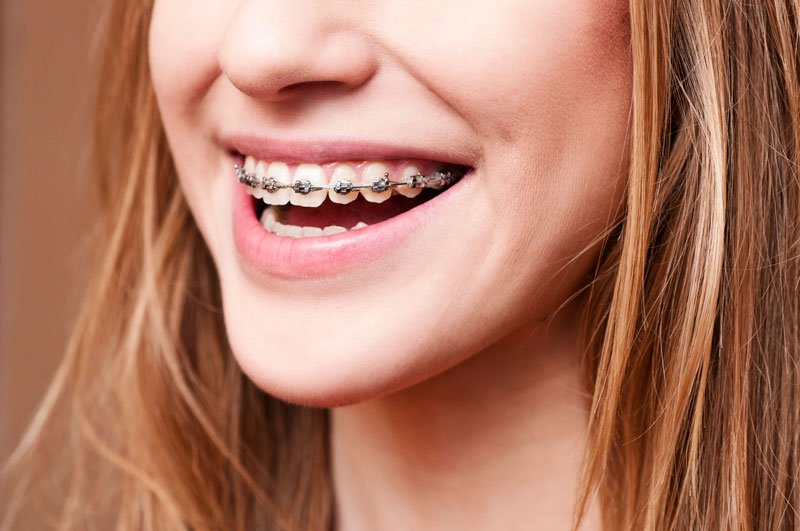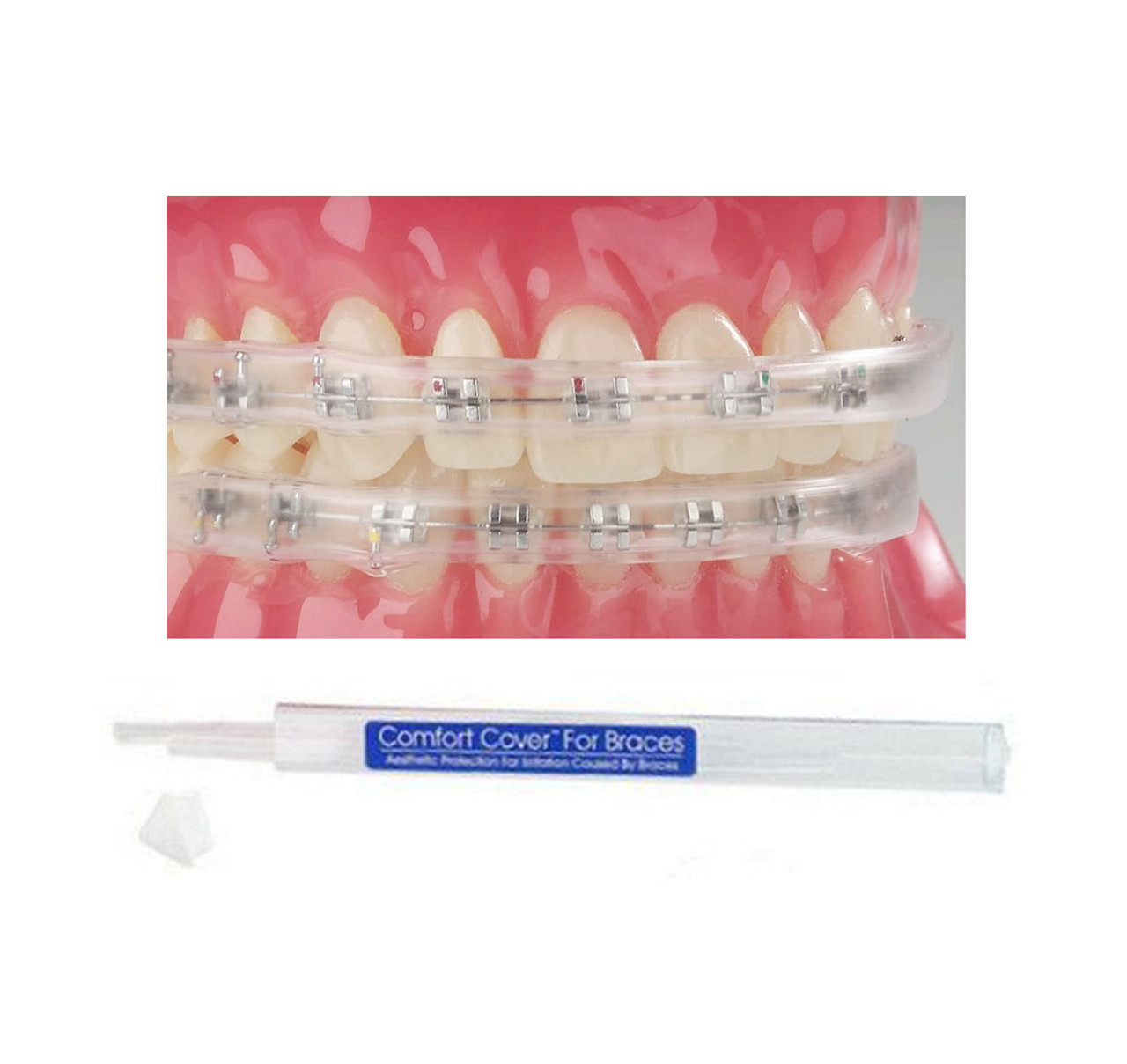Comprehensive Guide to Orthodontics Treatments for Remedying Dental Imbalances
Comprehending the ins and outs of each procedure, including their mechanisms, benefits, and possible downsides, is vital in making educated decisions regarding one's orthodontic treatment. As we navigate via the comprehensive overview to orthodontic treatments for dealing with oral imbalances, the intricate details of each method will unfold, shedding light on the path toward a harmonious and useful dental alignment.
Orthodontic Procedures Overview

In enhancement to clear aligners and conventional dental braces, orthodontists may additionally recommend various other treatments like headgear, palatal expanders, or retainers to resolve particular alignment problems (cumming invisalign). These procedures are customized to each person's distinct demands and may entail a mix of treatments to accomplish the desired results. Normal modifications and surveillance are important parts of orthodontic therapy to make sure progression gets on track and to make any needed adjustments along the way. By undergoing orthodontic treatments, people can not just accomplish a straighter smile however likewise enhance their overall dental wellness and function.
Conventional Braces: Exactly How They Function
When considering orthodontic treatments for oral imbalances, standard dental braces stick out as a tried and true method for remedying teeth positioning. Typical braces consist of braces, wires, and bands that collaborate to apply constant stress on the teeth, progressively moving them right into the desired positioning. The braces are affixed to the teeth making use of a special adhesive, and the cables are threaded via the brackets. By readjusting the tension of the cables, orthodontists can regulate the direction and force related to each tooth, guiding them right into correct placement over time.
One secret element of just how traditional braces work is the process of bone remodeling. As pressure is put on the teeth via the dental braces, the bone bordering the teeth is reshaped to support the new tooth settings. This improvement is essential for the long-term stability of the remedied placement. People will need normal modifications at the orthodontist's office to make certain the dental braces remain to use the appropriate pressure for efficient teeth motion.
Unnoticeable Aligners: Cons and pros
Unnoticeable aligners provide a discreet and practical choice to conventional dental braces for dealing with oral misalignments. These clear, tailor-made trays are essentially unnoticeable when worn, making them an enticing option for people looking for a much more aesthetically pleasing orthodontic therapy. Among the primary benefits of undetectable aligners is their removability, enabling easier upkeep of oral health compared to conventional dental braces. Individuals can eliminate the aligners prior to eating or cleaning their teeth, decreasing the risk of food obtaining stuck in the device and simplifying the cleansing process.

Surgical Orthodontic Options
Surgical interventions in orthodontics present practical options for dealing with complex dental misalignments that might not be effectively resolved through standard orthodontic therapies. While typical dental braces and undetectable aligners can fix numerous orthodontic issues, specific situations require medical treatment to local emergency dentist accomplish ideal results. Surgical orthodontic options are generally recommended for severe malocclusions, significant jaw discrepancies, and cases where the underlying bone framework requires adjustment to achieve correct alignment.
One usual medical orthodontic treatment is orthognathic surgery, which involves rearranging the jaws to deal with practical issues such as trouble eating or speaking. This surgical treatment is typically carried out in partnership with an orthodontist who helps straighten the teeth prior to and after the treatment. Surgical orthodontics might likewise involve procedures to reveal influenced teeth, get rid of excess periodontal cells, or reshape the jawbone to produce an extra harmonious facial profile.
Before thinking about surgical orthodontic alternatives, clients undergo an extensive evaluation to determine the requirement and prospective benefits of such interventions. orthodontics. While surgery might appear complicated, it can substantially boost both the feature and aesthetic appeals of the smile in instances where conventional orthodontic treatments fail
Retainers and Post-Treatment Treatment

Failing to conform with post-treatment care instructions can result in relapse, where the teeth gradually relocate back in the direction of their initial settings. Constant retainer wear, good oral health, and normal oral exams are necessary for keeping the outcomes accomplished with next page orthodontic surgical treatment and making sure the long-term stability of the dealt with oral placement.
Verdict
To conclude, orthodontic treatments use different choices for dealing with oral imbalances. Typical dental braces utilize metal braces and cables to shift teeth right into correct positioning. Invisible aligners provide an even more discreet alternative yet may not be suitable for all instances. Surgical orthodontic alternatives are offered for much more severe imbalances. Retainers are generally utilized post-treatment to maintain the brand-new alignment. On the whole, orthodontic procedures can efficiently boost oral health and visual appearance.
As we browse with the extensive overview to orthodontic procedures for fixing oral misalignments, the complex details of each technique will certainly unravel, shedding light on the path towards a practical and unified oral alignment. - orthodontist
One of the most typical orthodontic therapies is the usage of dental braces, which are composed of metal brackets and cables that use mild pressure to gradually move teeth into the preferred placement.When taking into consideration orthodontic treatments for dental misalignments, standard dental braces stand out as a reliable approach for correcting teeth placing. best local dentist Additionally, unnoticeable aligners may not be appropriate for complicated orthodontic problems that need more considerable teeth motion, as they are normally advised for light to modest instances. Retainers are personalized orthodontic tools created to hold teeth in their dealt with placements after the conclusion of orthodontic therapy.